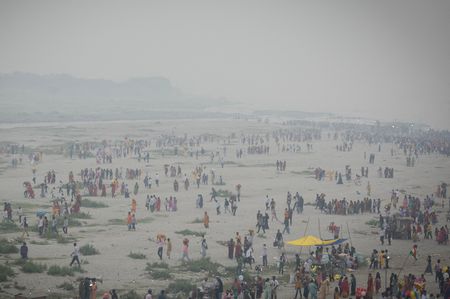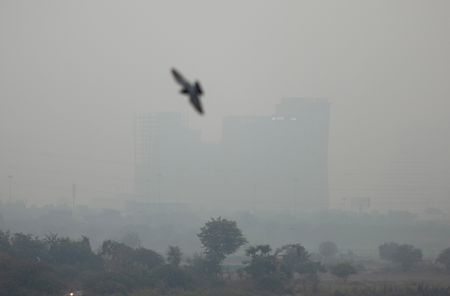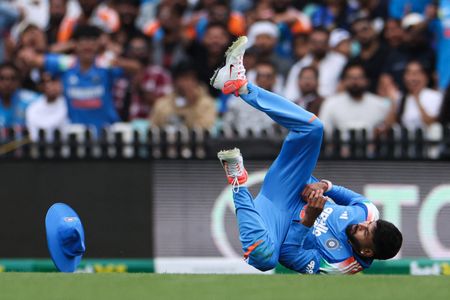By Sakshi Dayal
NEW DELHI (Reuters) -Authorities in the Indian capital territory of Delhi began seeding clouds on Tuesday to induce artificial rain and bring down pollution levels in the city that has been battling poor air for days, Environment Minister Manjinder Singh Sirsa said.
The method seeks to increase precipitation by adding small chemical particles to clouds around which water droplets form, eventually developing into raindrops.
Although several countries have previously used cloud seeding to produce rain to improve air quality or water crops during drought, this is the first time it is being tried in the Indian capital. The effectiveness of cloud seeding is a subject of scientific debate, with studies showing mixed results.
Sirsa said the Indian Institute of Technology believes rainfall could occur anytime between 15 minutes to four hours and in any quantity after the seeding process,” referring to the institute in Kanpur city that is spearheading the effort.
“If these trials prove successful, a long-term plan will be implemented through February,” he said.
Images shared by IIT-Kanpur showed substances being released from flares attached to an aircraft as it flew in a cloudy sky.
Delhi and its surrounding areas are prone to pollution every winter as cold, heavy air traps construction dust, vehicle emissions, and smoke from crop fires, leaving many of its 20 million residents struggling with respiratory illnesses.
The city’s air quality remained in the ‘very poor’ category on Tuesday afternoon, with a reading of 304, according to the Central Pollution Control Board, which considers an air quality index of 0 to 50 to be ‘good’.
Artificial rain triggered by cloud seeding can bring down pollution by as much as 50%, but may need to be repeated, said Manindra Agrawal, a scientist at IIT-Kanpur.
“If it rains, pollution comes down, (but) it will rise again because the source … has not gone. Therefore, whenever the cloud cover is there, one has to repeat the process,” he told Reuters.
(Reporting by Sakshi Dayal; Editing by YP Rajesh and Kim Coghill)









